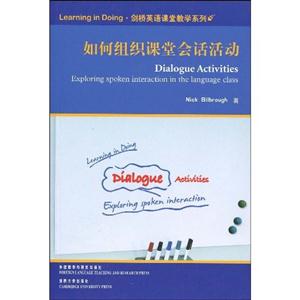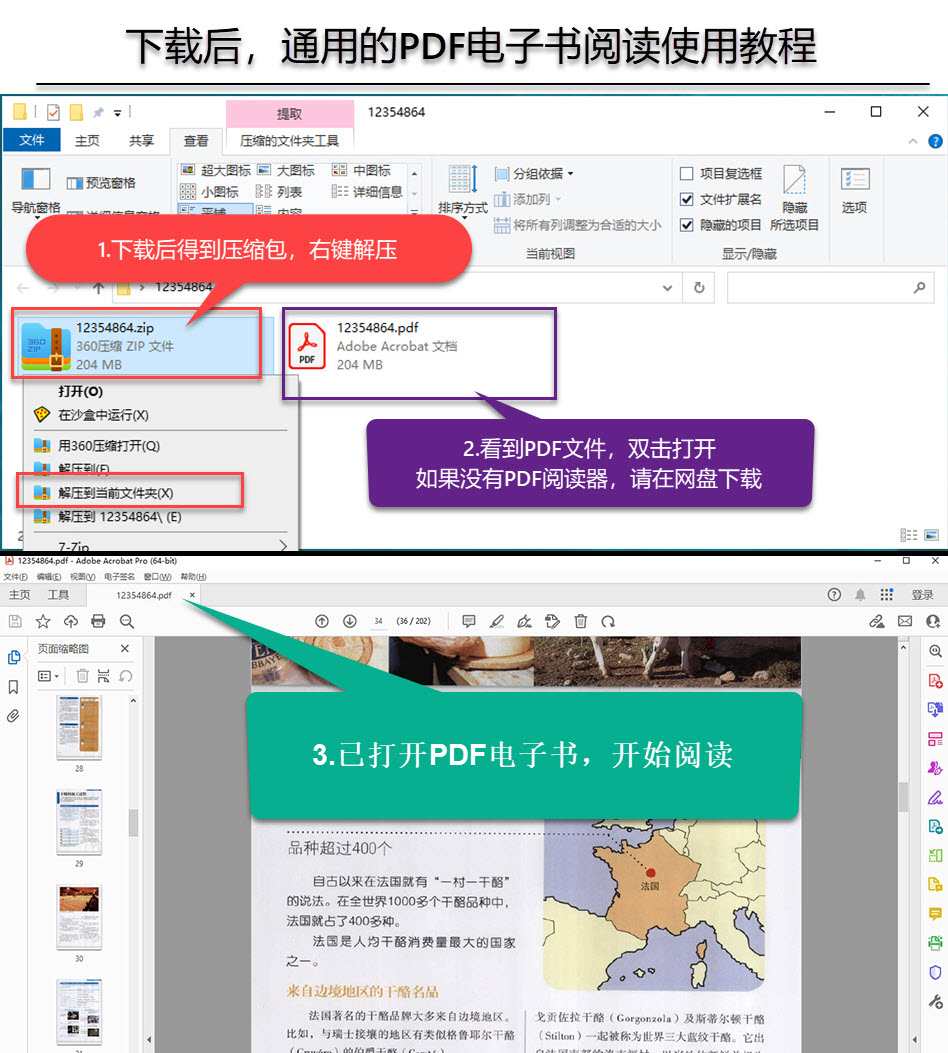如何组织课堂会话活动
节选
[
《如何组织课堂会话活动》有效解决了课堂会话活动“形式单一、为练而练”的问题,介绍的1 10余个课堂活动不但趣味性强,而且将说与听、读、写巧妙结合起来。书中将每个活动的目的、重点、适用水平、所用时间及需备材料清晰标明,除逐条说明活动步骤外,另附活动涉及的会话材料作参考。书末还提供了多篇材料供教师们使用。相信一线教师定能从中获益,师资培训者也可从书中的教学理念、方法受到启发。
]
本书特色
[
《如何组织课堂会话活动》:Learning in Doing·剑桥英语课堂教学系列
]
目录
Thanks and acknowledgementsIntroduction1 Understanding1.1 Understanding dialogues:a basic procedure1.2 Board grab1.3 Reading versus listening1.4 Dialogue interpretation worksheets1.5 Jigsaw1.6 Designing exam questions1.7 What are they talking about?1.8 Snippets1.9 Fairy tale tableaux 1.10 Lame jokes1.11 Working with interviews 1.12 Dialogue as a way into a graded reader1.13 ThebitIlike2 Analysing2.1 Tricky words 2.2 Closed mouth minimal pairs 2.3 Fishermen 2.4 Stage directions 2.5 Authentic versus scripted dialogues2.6 Dialogue scan race 2.7 Filling in2.8 Speech acts2.9 The teacher does the speaking test2.10 Student dialogue reformulation2.11 Backchannelling3 Reproducing and reconstructing3.1 Jumbled lines3.2 Dialogue rebuilding3.3 The ultimate gapfill3.4 Listen again3.5 Jumbled reconstruction3.6 Dialogue pairs3.7 Dialogue retranslation3.8 Retranslated tapescript3.9 Dubbing3.10 From monologue tO dialogue3.11 Turning news items into dialogue3.12 Shadow dialogues3.13 Mimed dialogues3.14 Modernised voiceovers3.15 Roughing up and censoring4 Memorising4.1 Who said what?4.2 Reduced dialogues4.3 Story tO dialogue4.4 Adjacency pair turnover cards4.5 Remembering the questions4.6 Dialogue halves4.7 Line byIine4.8 Prompts5 Rehearsing and performing5.1 Chanted dialogue 5.2 Sounding like a gringo!5.3 It’snotwhatyou say5.4 Students perform the listening material5.5 Improvising into a scene5.6 Shadowing actors5.7 Dialogues with movement5.8 Who’s next?5.9 Conducted dialogue5.10 Performance to writng5.11 Reader’s theatre5.12 Direct speech5.13 No wayJose5.14 Let’s have a drink6 Co-constructing6.1 By name and by nature6.2 Halfaconversation6.3 Dialogue building6.4 Community language learning6.5 Writing dialogue articles6.6 Famous last words6.7 Dialogue into song6.8 Conversational involvement7 Creating and personalising7.1 What did we have to say?7.2 The words I’d like to own7.3 Dice dialogues7.4 Speech bubbles7.5 Picture dialogues7.6 Dark secret scenes7.7 Soundtracks7.8 Conscience alley7.9 From depiction to dialogue7.10 Semi-plannedrole-play7.11 The room talks back7.12 Into the future8 Communicating8.1 Venn diagrams8.2 Speed dating8.3 Gibberish scenes8.4 Dialoguewarm-ups8.5 The status game8.6 Cline debates8.7 Gossip8.8 Paper talk8.9 Multi-speakdialogues8.10 ABC dialogues8.11 Odds versus evens8.12 The yes/no game8.13 Robinson Crusoe Island8.14 Who’s lying?8.15 Interclasscalls8.16 Celebrity ball8.17 Boring short stories8.18 Read, turn and talk9 Dialogue as learning9.1 The closed question restaurant9.2 Building a life9.3 The dating agency9.4 Talk and chalk9.5 Never-ending dialogue9.6 Would you give your teacher a job?9.7 The tourists are coming9.8 Dialogic text building9.9 Cooperative storymaking9.10 Teacher in role9.11 Interrupting the tapescript9.12 Dialogue versus internet9.13 Difficult dialoguesDialogue Bank A:From the film Mulholland Drive by David LynchDialogue Bank B:Authentic snippetsDialogue Bank C:Snippets from fairy talesDialogue Bank D:25 Lame jokesDialogue Bank E:SituationaldialoguesDialogue Bank F:Dating Agency (from the comedy series Little Britain)Further reading and resourcesIndex
封面

书名:如何组织课堂会话活动
作者:(英)比尔伯勒(Bilbrough.N.)著
页数:244
定价:¥33.0
出版社:外语教学与研究出版社
出版日期:2009-09-01
ISBN:9787560089553
PDF电子书大小:57MB 高清扫描完整版
本文标题:《如何组织课堂会话活动》PDF下载
资源仅供学习参考,禁止用于商业用途,请在下载后24小时内删除!

